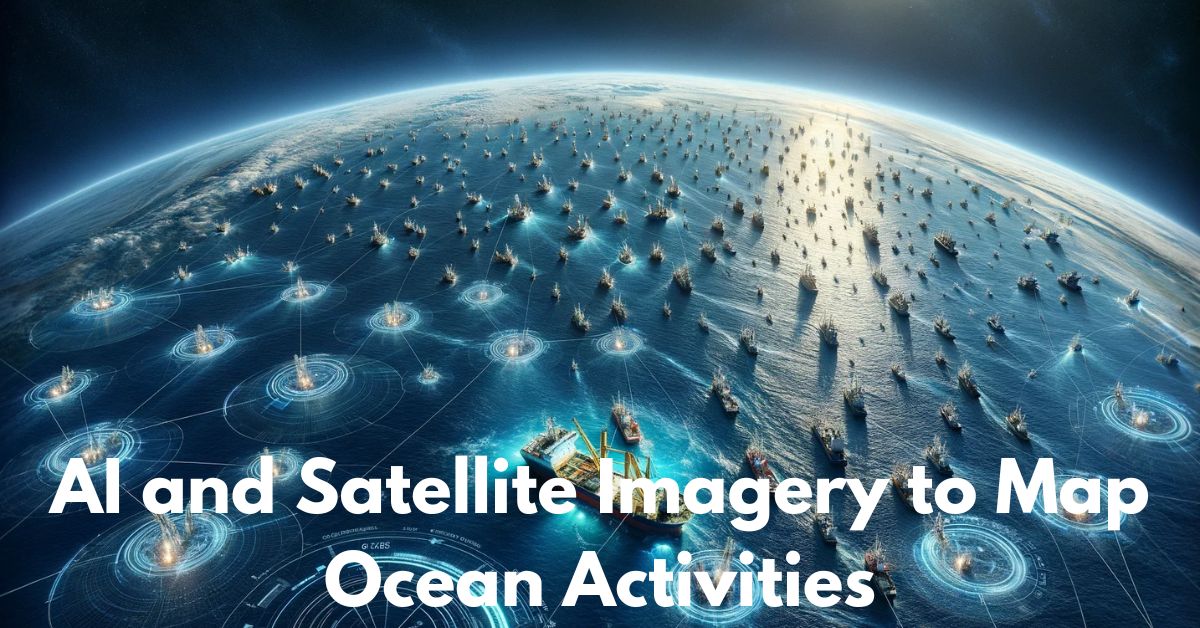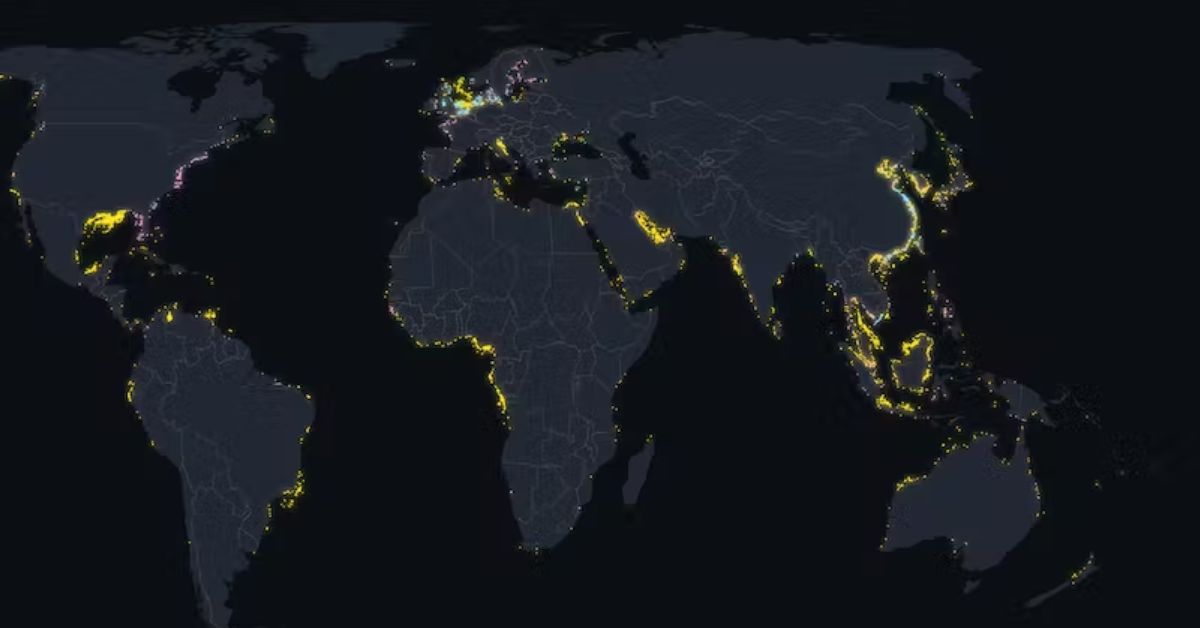AI and Satellite Imagery to Map Ocean Activities: The vast expanse of the world’s oceans has long been a realm of mystery and intrigue. Mapping and understanding ocean activities, however, have proven to be challenging due to the sheer scale and dynamic nature of marine environments.
Enter the transformative power of Artificial Intelligence (AI) combined with satellite imagery, a dynamic duo that is revolutionizing the way we monitor and map ocean activities. In this article, we explore the synergy between AI and satellite technology and the groundbreaking impact it has on oceanography.

